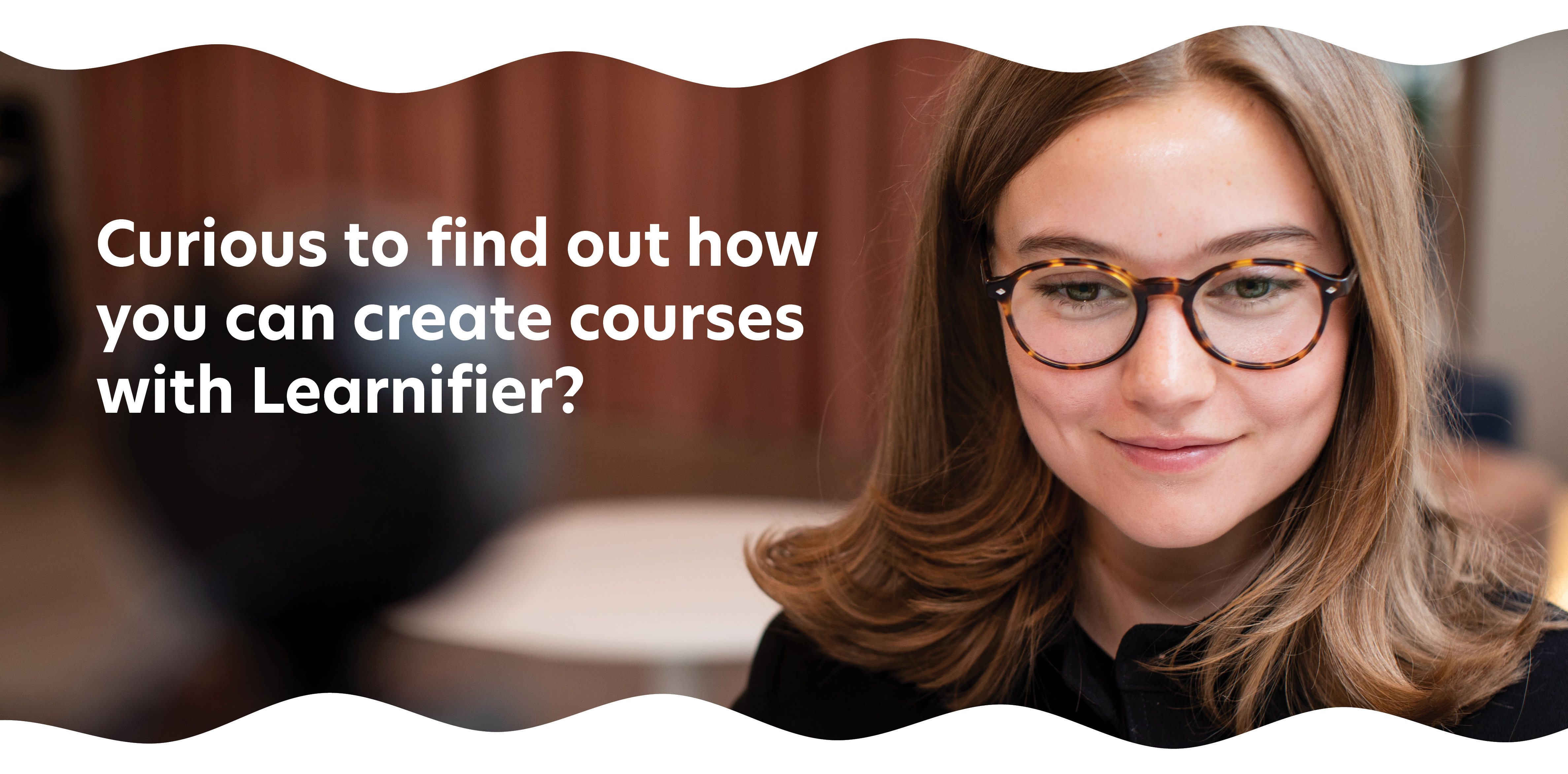Alligo is a leading distributor of clothing, personal safety, tools and consumables, serving customers across several countries in the Nordic region through 200 stores. With a range of in-house brands, skills development remains crucial. Daniel Asplund, an experienced teacher and Nordic Learning & Development Specialist at Alligo, develops the company’s learning initiatives.
Alligo takes great pride in their high-quality products and places significant value on their employees. A strong culture of learning and development fills every part of the business, and Daniel Asplund is involved in many of the initiatives. With a background as a teacher, he successfully integrates methods from the education sector into Alligo’s daily work and strategies.
– Too high obstacles prevent things from getting done. Simplicity and easy access are crucial for learning. Applying school methods to other industries is effective and enjoyable, says Daniel Asplund.

Guided by didactics
The company’s training programs are tailored to suit specific groups after thorough analysis. Teaching methods are grounded in the principles of didactics, focusing on effective instruction. Daniel has outlined five key questions that shape the teaching approach at Alligo: Who is the material for? What does the learner need to achieve their goals? Why is it important? Which teaching method works best? And what comes next?
– Identifying the audience and their needs is crucial. This involves understanding their technical skills and equipment, work methods, and what support they require.
After researching the target group, it’s important for participants to grasp why the task is relevant. It’s also necessary to decide if the learning should be one-time or ongoing, how long it should last, and if it should be physical or digital. Before the training, planning follow-up and implementation is crucial. All of this ensures that the learning leads to the right outcome.
"Learning is a means to an end, not the destination.
It serves as a tool to achieve other goals."
Using measurement for quality assurance
Employing metrics to assess and enhance performance is essential for Alligo’s success, both at the individual and organizational level. It offers valuable insights into strengths and areas for improvement, thereby ensuring the educational quality.
– Strategic measurement sets a clear path and works wonders. Almost everything can be measured, from quality and earnings to perceived confidence in key moments.
Crafting a successful curriculum and gaining valuable insights requires careful planning. For Alligo, this begins with establishing clear goals and devising methods to measure the effectiveness of the learning efforts.
– Learning is a means to an end, not the destination. It serves as a tool to achieve other goals. Our focus is on the lasting impact, aligning learning with business benefits. Our measurements guide us in the right direction.
Further reading: 7 tips for effective measurement of learning initiatives
A diversity of tech options
Alligo depends on Learnifier for onboarding, product training, and policy training, among other things. Some tasks may require third-party solutions, and everything is tailored to fit the situation and needs of each channel.
Further reading: How Pinchos use digital learning to onboard and develop employees
– Custom subtitles are essential for us as we serve several markets worldwide. They ensure our films are accessible across the countries. Additionally, AI-generated instructions with visual aids greatly assist in tasks like creating new courses or trainings in Learnifier. Just to name a few examples.
Daniel underscores the importance of integrating learning across all facets of the business instead of segregating it into silos. It’s about embedding knowledge in different ways and fostering a holistic understanding. This can be accomplished through thematic work, nudging techniques, frequent meetings, and organizing competitions and similar activities.
– My overall tip is to try to conceptualize learning. Understand your audience, customize your methods accordingly, and assess your progress. It works well both in school and at Alligo, Daniel concludes.
![]() Want to know more about how Alligo works with developing their learning initiatives? Watch our webinar with Daniel Asplund!
Want to know more about how Alligo works with developing their learning initiatives? Watch our webinar with Daniel Asplund!
.png?width=153&height=58&name=Learnifier%20TextLogo%20NearBlack%20-%20PNG%20MEDIUM%20-%20800px%20(2).png)







